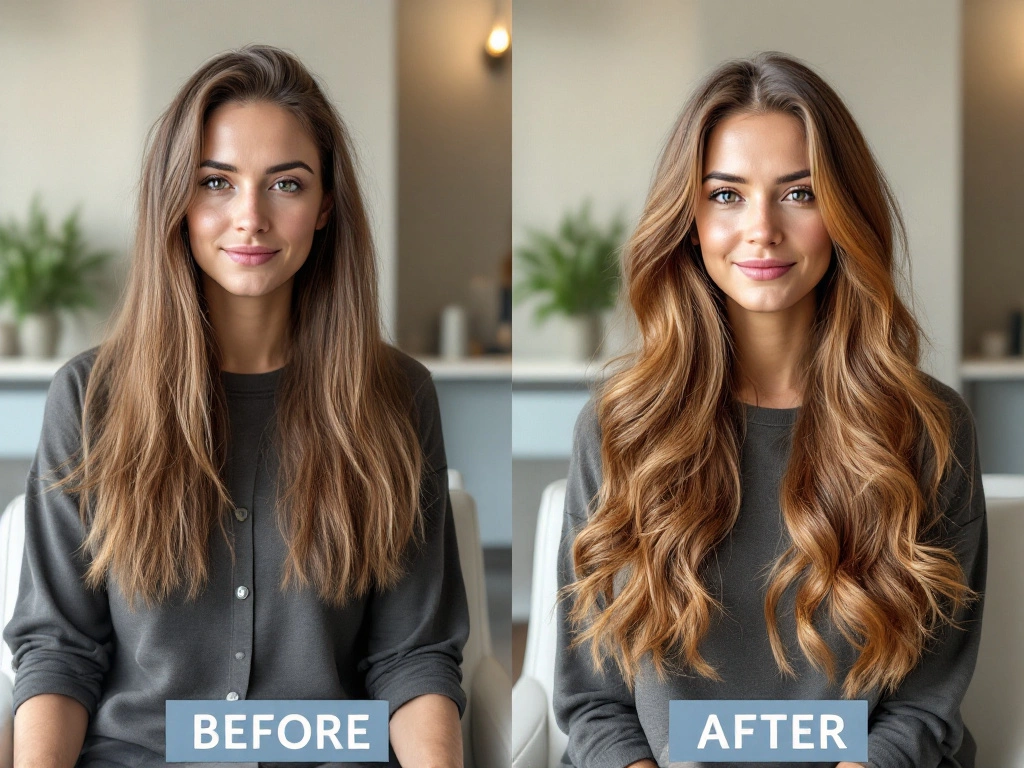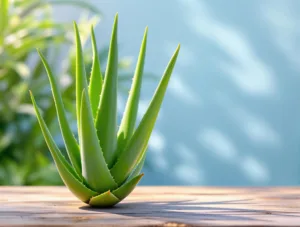The Ultimate Guide to Aloe Vera Gel: Recipes for Moisturizing Skin and Treating Common Issues
Introduction
Aloe vera has been revered for centuries as a miracle plant for skin care, thanks to its soothing, hydrating, and healing properties. Whether you’re dealing with dryness, acne, sunburn, or signs of aging, aloe vera gel offers a natural and effective solution. This comprehensive guide explores the benefits of aloe vera gel for skin health, provides step-by-step recipes for moisturizing and treating skin issues, and offers expert tips for maximizing its effects. By the end of this article, you’ll have a deeper understanding of how to harness the power of aloe vera for radiant, healthy skin.
1. The Science Behind Aloe Vera’s Skin Benefits
1.1 Nutritional Composition of Aloe Vera Gel
Aloe vera gel is packed with bioactive compounds that promote skin health, including:
- Vitamins (A, C, E, B12): Antioxidants that combat free radicals and support collagen production.
- Enzymes (Bradykinase, Aliiase): Reduce inflammation and aid in skin repair.
- Minerals (Zinc, Magnesium, Selenium): Help regulate oil production and soothe irritation.
- Amino Acids (Lysine, Proline): Essential for skin regeneration and elasticity.
- Polysaccharides (Acemannan): Boost hydration and accelerate wound healing.
1.2 How Aloe Vera Benefits Different Skin Types
- Dry Skin: Deeply hydrates and locks in moisture.
- Oily/Acne-Prone Skin: Reduces excess oil and fights bacteria.
- Sensitive Skin: Calms redness and irritation.
- Aging Skin: Stimulates collagen and reduces fine lines.
2. How to Extract Fresh Aloe Vera Gel at Home
2.1 Selecting the Right Aloe Vera Leaf
Choose a mature, thick leaf from the outer part of the plant, as it contains the most gel.
2.2 Step-by-Step Extraction Process
- Cut the Leaf: Use a sharp knife to slice the leaf close to the base.
- Drain the Latex: Let the yellow sap (aloin) drain out for 10 minutes—this can be irritating to the skin.
- Peel the Leaf: Slice off the serrated edges and carefully remove the outer green layer.
- Scoop Out the Gel: Use a spoon to collect the clear inner gel.
- Blend (Optional): For a smoother consistency, blend the gel briefly.
2.3 Storing Aloe Vera Gel
- Refrigerator: Lasts up to 1 week in an airtight container.
- Freezer: Pour into ice cube trays for long-term storage (up to 6 months).
3. DIY Aloe Vera Gel Recipes for Moisturizing Skin
3.1 Basic Aloe Vera Moisturizer
Ingredients:
- ¼ cup fresh aloe vera gel
- 1 tbsp coconut oil (for dry skin) or jojoba oil (for oily skin)
- 5 drops lavender essential oil (optional for fragrance)
Instructions:
- Mix all ingredients in a bowl until smooth.
- Apply to clean skin, massaging gently.
- Store in a glass jar for up to 2 weeks.
Best For: Daily hydration without clogging pores.
3.2 Aloe Vera and Honey Hydrating Mask
Ingredients:
- 2 tbsp aloe vera gel
- 1 tbsp raw honey
- 1 tsp rose water
Instructions:
- Combine ingredients into a paste.
- Apply to face and leave for 15–20 minutes.
- Rinse with lukewarm water.
Benefits: Honey is antibacterial, while aloe vera soothes and hydrates.
3.3 Aloe Vera and Cucumber Cooling Gel
Ingredients:
- ½ cup aloe vera gel
- ½ cucumber (blended and strained)
- 1 tsp glycerin
Instructions:
- Mix all ingredients well.
- Refrigerate for 30 minutes before applying.
- Use as a cooling gel for sunburn or irritated skin.
4. Aloe Vera Treatments for Common Skin Issues
4.1 Acne and Breakouts
Recipe: Aloe Vera & Tea Tree Spot Treatment
- 2 tbsp aloe vera gel
- 3 drops tea tree oil
Application: Dab on blemishes overnight to reduce inflammation and bacteria.
4.2 Sunburn Relief
Recipe: Aloe Vera & Vitamin E Soothing Gel
- ¼ cup aloe vera gel
- 1 tsp vitamin E oil
Application: Apply generously to sunburned areas for instant cooling relief.
4.3 Anti-Aging and Wrinkles
Recipe: Aloe Vera & Green Tea Serum
- 3 tbsp aloe vera gel
- 1 tbsp brewed green tea (cooled)
- 2 drops frankincense oil
Application: Use daily under moisturizer to boost collagen and elasticity.
5. Tips for Maximizing Aloe Vera’s Effectiveness
- Patch Test First: Ensure no allergic reaction by testing on a small skin area.
- Use Fresh Gel: Store-bought versions may contain preservatives—opt for fresh when possible.
- Combine with Other Natural Ingredients: Honey, oatmeal, and essential oils enhance benefits.
- Apply on Damp Skin: Helps lock in moisture better.
Conclusion: Why Aloe Vera Gel Should Be a Staple in Your Skincare Routine
Aloe vera gel is a versatile, natural remedy that addresses multiple skin concerns—from dryness and acne to aging and sun damage. By incorporating these DIY recipes into your routine, you can harness its healing properties without harsh chemicals. Whether used alone or blended with complementary ingredients, aloe vera offers a safe, effective, and affordable solution for achieving healthy, glowing skin. Start experimenting with these recipes today and experience the transformative power of this ancient botanical wonder!
Would you like additional customization, such as scientific references or more advanced formulations? Let me know how I can refine this guide further!









Add comment